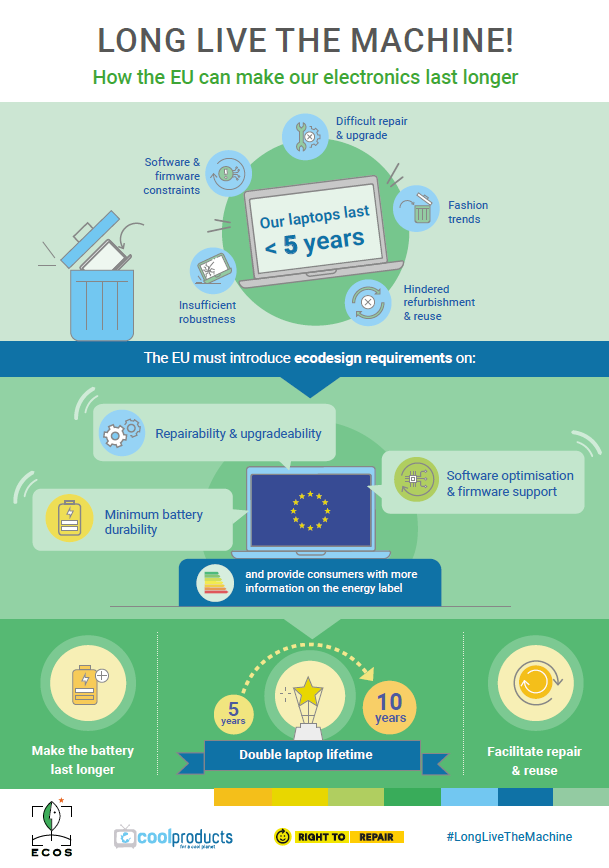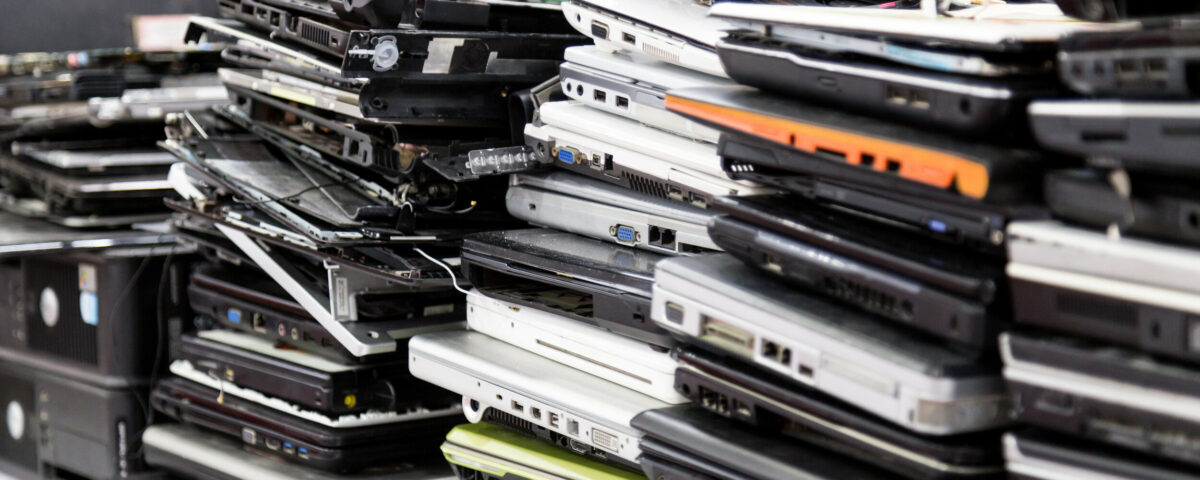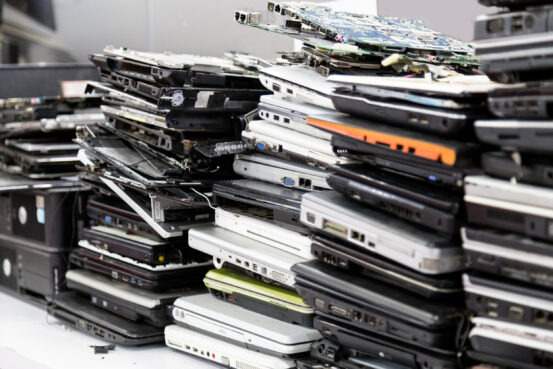Our new report shows that the EU ecodesign and energy labelling regulatory instruments have a great potential to contribute to the reversal of the current throwaway culture, double laptop lifetimes, and save some 5 million tonnes of CO2 equivalent by 2030 – equivalent to taking nearly 3 million cars off the road.
The proliferation of electronic devices which are difficult to repair and whose lifespans are shortening, contributes to one of the fastest growing waste streams in the EU. This not only puts enormous pressure on the environment, but also results in higher consumer costs and contributes to the climate emergency.
Although successful reuse, repair or refurbishment can extend the lifespan of electronic devices and bring benefits to both the environment and consumers, a number of critical obstacles persist that have so far received limited attention from policymakers. A new report from ECOS, Coolproducts and Right to Repair sheds light on these obstacles and to stimulate debate by focusing on measures necessary to enable longer lifetimes for our laptop computers.
Our findings can be considered horizontal in nature, even though it focuses on only one example of consumer electronics that currently reach retirement age significantly too early. The recommendations can contribute to an overdue discussion on how the environmental impact of the digitalisation of our societies can be reduced.
This will not only require more durable products, but also the empowering of both consumers and repair communities when failures do occur. Changes are urgently required to shift towards so-called product-as-service business models, as well as to encourage increased innovation and competition in the durability and repairability of devices. Consumers must be able to make informed choices about their purchases on such important considerations as expected product lifetime, the ease of repair and the overall impacts on the environment.





